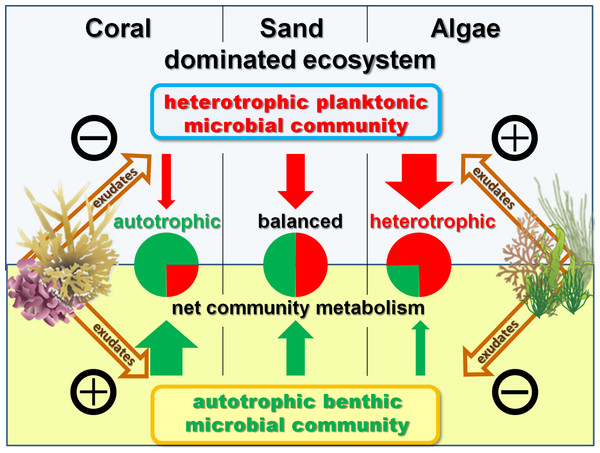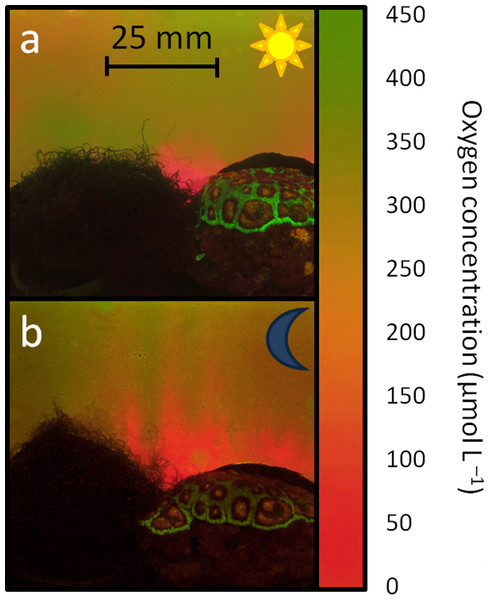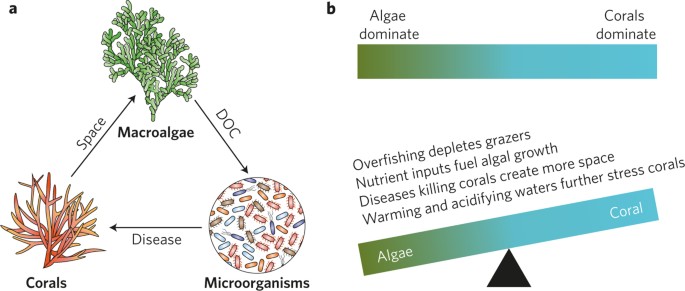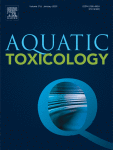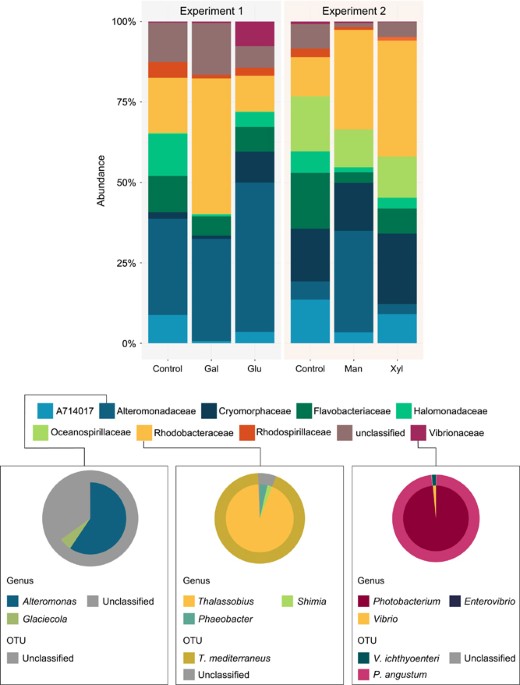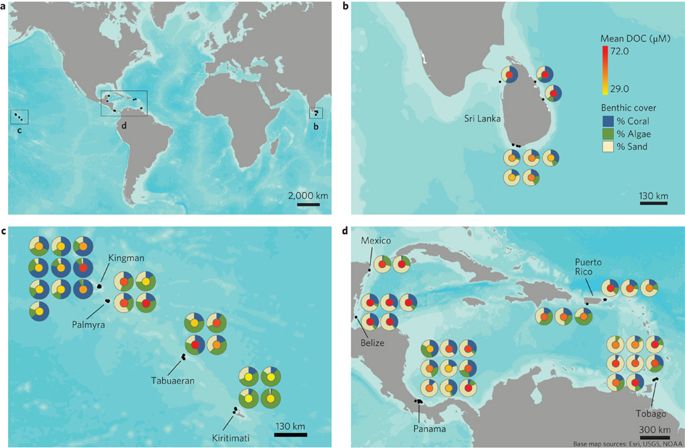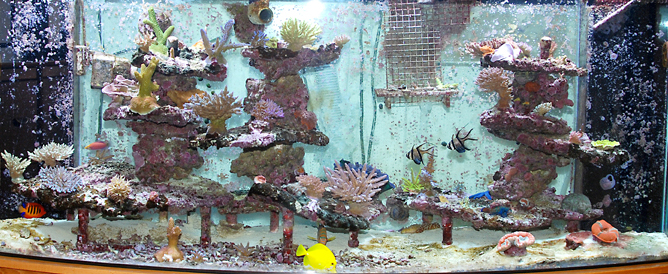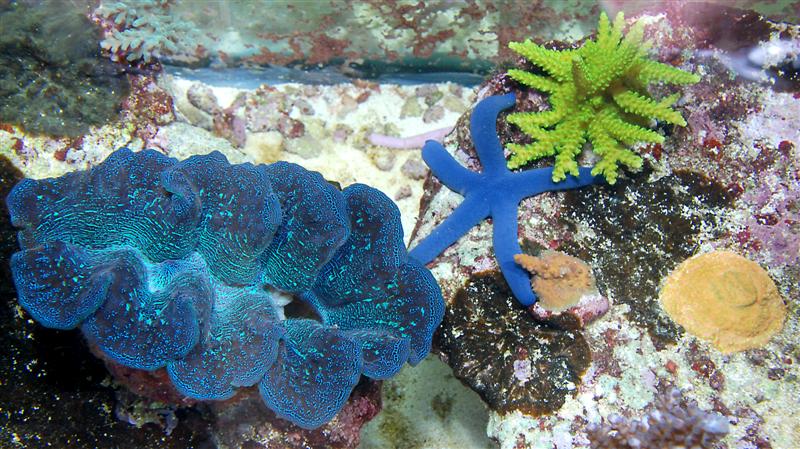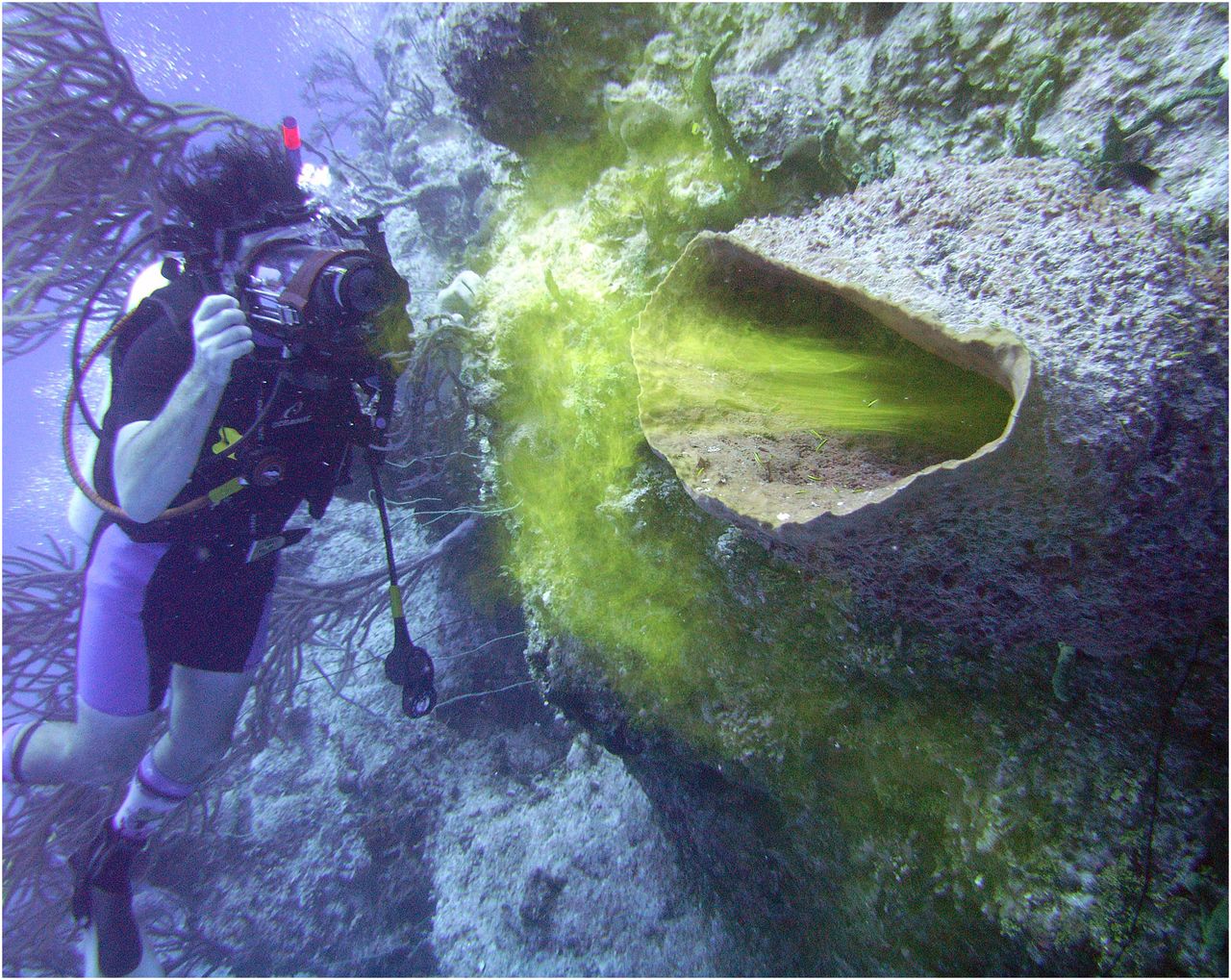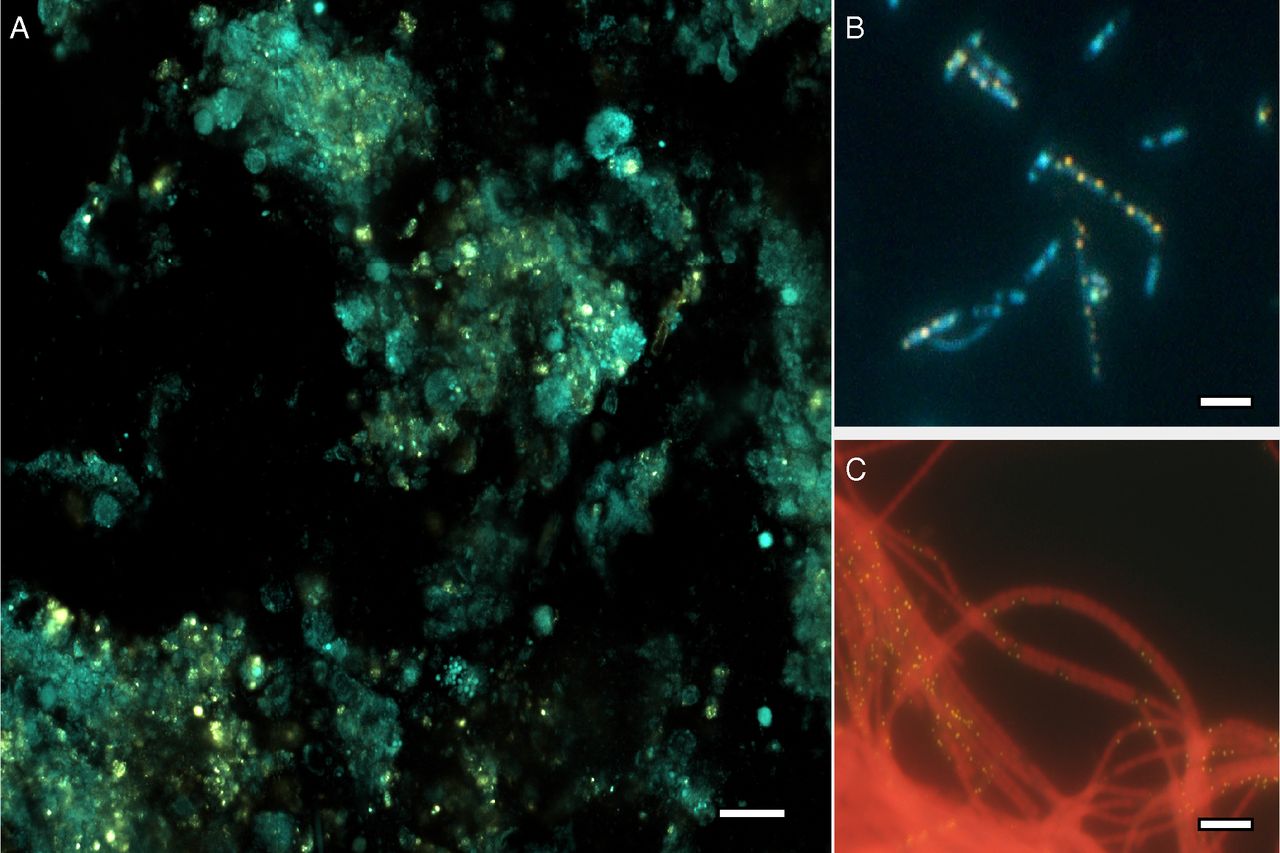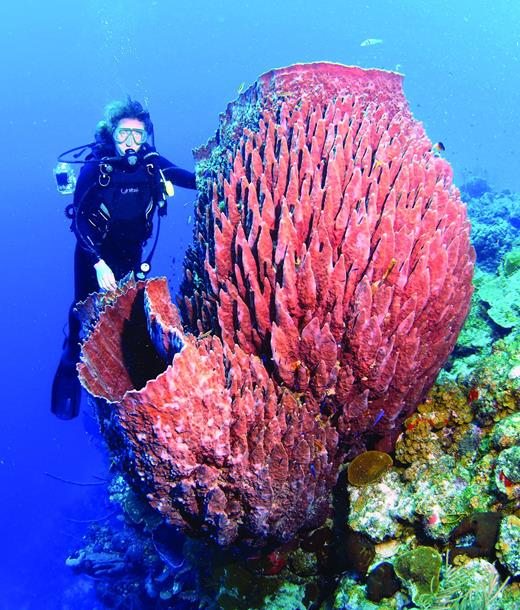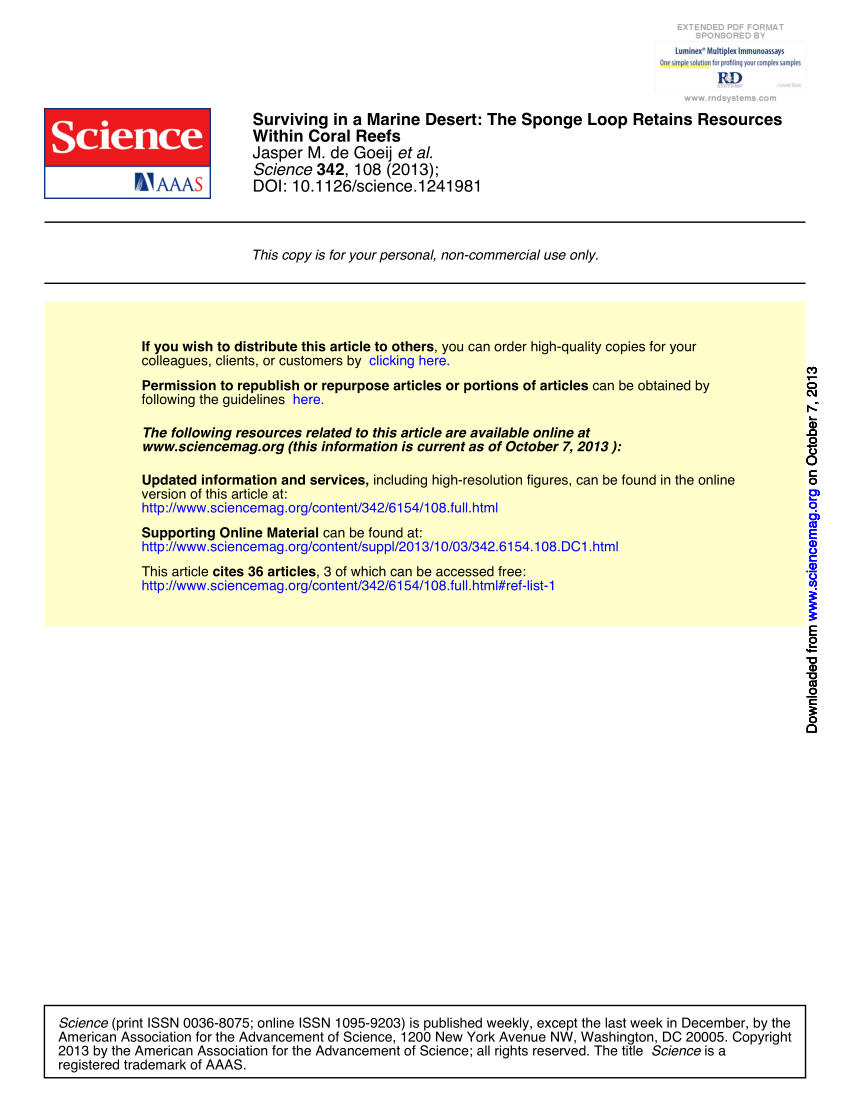- Joined
- Mar 16, 2019
- Messages
- 339
- Reaction score
- 160
By adding some - your tank might fluctuate some for short time.... After that it will mellow out and you can dose, add, take away, medicate (for any fish disease) ect.. ect... But just word of caution, be really careful and do some homework on any care of live rock at first. I not trying to scare you... But homework is part of this hobby! Not one persons opinion ever, I have learned that from years of reef keeping...! Again everyone is an expert, I am just sayin.. Read, read and ask questions there are A LOT of extremely knowledgeable people in this hobby.. both extremely smart and extremely talented. Get some Live Rock.. Do some homework on every supplier that you can.. Call them and ask questions.. They all want to sell you something everyone of them. You have to do some home work to find out what you want to receive for YOUR tank... Buy the best you can for the monies you have or save up some more..! Good luck again..How does this help the OP decide if they can add live rock directly into their established system??







